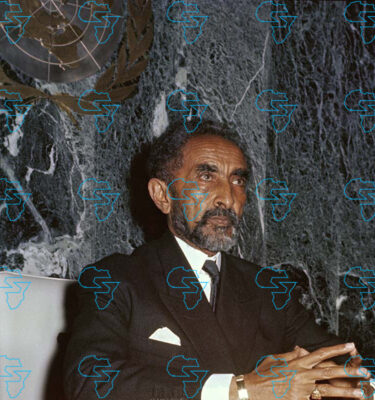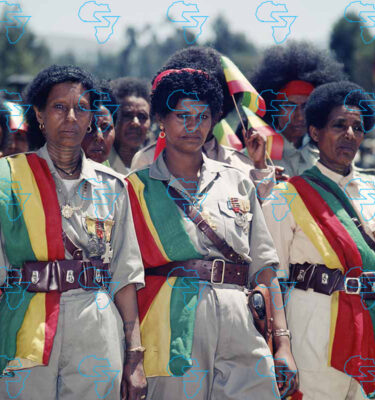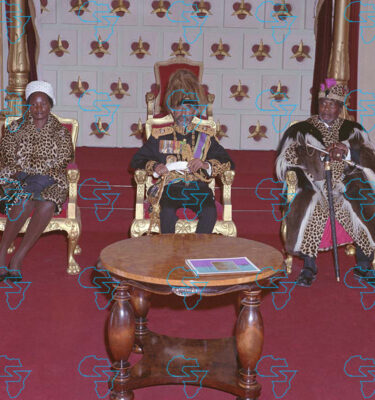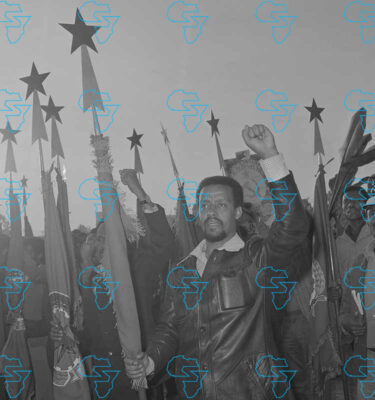
Ethiopia executed less than a quarter of its budget in the first quarter of the 2024/25 fiscal year amid uneven spending and continued reliance on external grants, the latest quarterly macroeconomic update from the Ethiopian Economics Association (EEA) reveals.
According to the report, the federal government began the 2024/25 fiscal year with slow capital spending and uneven budget execution, despite stronger revenue performance and renewed inflows of donor grants.
EEA’s macroeconomic update shows that capital expenditure rose by 68.9 percent year-on-year, reaching 44.5 billion Birr. However, compared to the preceding quarter it plunged by 41.8 percent, indicating significant delays in project execution or disbursement of development funds at the start of the fiscal year.
“The quarterly declines across all components point to either front-loading of spending in the previous quarter or a slower rollout of capital projects at the start of the fiscal year,” it reads.
From The Reporter Magazine
Overall, the breakdown of capital expenditure and its components comparing the first quarter of last fiscal year with the current one shows that “the volatility and cyclical nature of capital expenditure, with strong year-on-year growth tempered by notable quarter-on-quarter contraction.
The document also noted the presence of budget execution falling below 25 percent.
According to EEA, the federal government executed only 22.7 percent of its annual budget during the first quarter.
From The Reporter Magazine
Experts say this signals weaker performance in development spending compared to recurrent outlays. Current expenditure including salaries, debt service, and administrative costs reached a 24.7 percent execution rate, while regional transfers accounted for 23.7 percent.
By contrast, capital expenditure lagged at 18.3 percent, reflecting bottlenecks in procurement and project rollout.
“Capital expenditure had the lowest execution rate at 18.3 percent, highlighting continued implementation challenges in development spending. This underperformance could stem from delays in procurement processes, project planning, or disbursement bottlenecks, all of which are common in large-scale public investment programs,” reads the macroeconomic update.
The EEA underlined that the early fiscal quarter was characterized by imbalanced spending patterns as well.
‘Economic services’ overshot targets with 181.8 percent execution, whereas ‘Other Expenditures’ reached only 3.6 percent, revealing “the need for better in-year budget monitoring and realignment”
According to the report, capital expenditure was most constrained across general and economic development categories, where implementation rates were among the lowest recorded.
Social development, which includes sectors like education, health, and housing infrastructure, registered the highest execution rate at 25 percent, while economic development which often includes investments in transport, agriculture, and energy, had a lower execution rate of just under 19 percent.
The report notes persistent difficulties in project implementation including project planning, procurement, and fund disbursement.
The EEA warned that the underperformance in capital execution could “compromise quality and effectiveness” of government investments if not addressed early in the fiscal year.
On the revenue side, the report highlights a solid start to the fiscal year. Government revenue and grants totaled 177.2 billion Birr, a 77 percent nominal and 50.3 percent real increase compared to the same period in the preceding year.
Overall, the government achieved 31 percent of its annual revenue and grants target, buoyed by indirect tax collections, particularly trade and personal income taxes.
However, direct business tax and non-tax revenues underperformed, pointing to lingering compliance and administrative gaps.
The EEA’s “most striking observation” is that grants performed exceptionally, reaching 161.4 percent of the annual target, likely due to early or unanticipated disbursements from donors.
Despite revenue gains, Ethiopia continued to face a wide fiscal gap. The report places the quarterly fiscal deficit at 20.97 billion Birr with grants, and 32.74 billion Birr without grants.
The Association underscored the government’s dependence on external support to balance its finances.
“Grants helped offset nearly ETB 11.77 billion of the financing gap during the quarter, highlighting their continued importance in supporting fiscal operations,” the report reads.
After a full year with no donor inflows, 11.77 billion Birr in grants and relief were recorded in the first quarter, indicating renewed “donor engagement, emergency relief funding, or budgetary assistance from bilateral or multilateral partners.”
The report concludes that the fiscal stance in the early 2024/25 budget year demonstrates “a strong revenue start but uneven spending execution,” warning that continued underperformance in capital projects could delay Ethiopia’s development goals unless project readiness, procurement, and budget oversight improve.
.
.
.
#Capital #Spending #Lags #Govt #Execution #Lags #Fiscal #Quarter #Report
Source link











